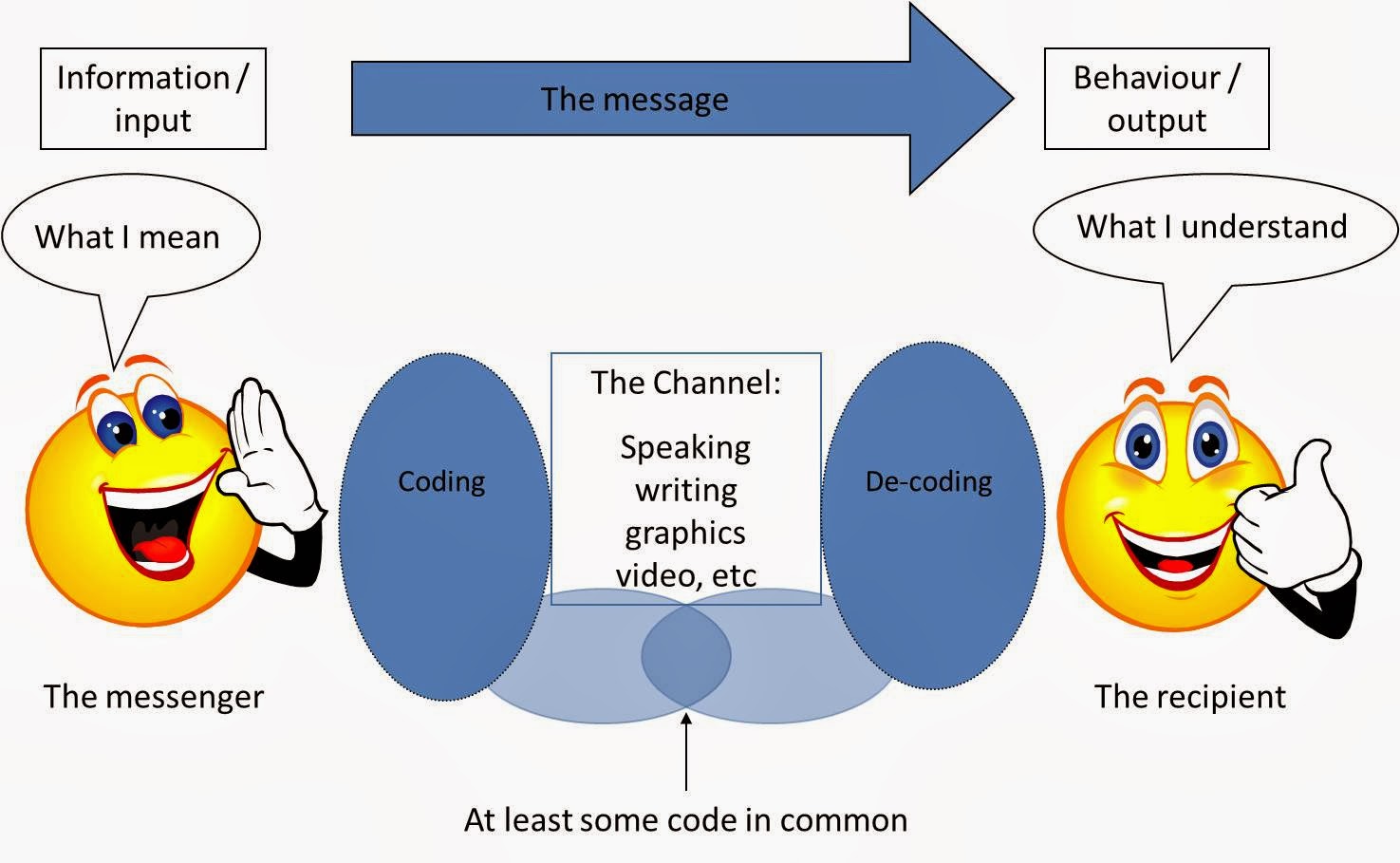MODELS OF COMMUNICATION
Model is a
concrete way to see how concepts and processes work. Although models help to
simplify the complex process of communication, we need to understand that they
only REPRESENT reality.
Models are like words. Words are
not reality. They cannot tell us everything about an object or event. E.g. The
word ‘apple’ is not an actual apple. We cannot slice or eat the word ‘apple’.
Besides the word ‘apple’ does not tell us everything about an apple either –
the smell, the colour, the texture, the taste, the degree of ripeness, etc.
Like words, these models are also not reality. However they are extremely
valuable in helping us visualize and understand the process of human
communication. Let’s look at three communication models that shows the various
communication components interact.
1. Linear Model
One of the simplest models of
communication was advanced by C. E. Shannon and W. Weaver [1949]. It is a
message centred approach to communication which is linear in design. This model
has a source sending a message through a channel to a receiver. Here Shannon
and Weaver introduced a component labelled noise to represent any interference
to the fidelity of the message. Such as external noise from other person’s loud
talking or internal noise such as multiple meaning for a word contained in the
message.
Limitations: Liner model is useful for
pointing out the basic elements of the communication process but it is too
simple to describe the complexity of the process. It shows only the flow of
messages from the sender to the receiver, but not the receiver’s response.
2. Interactional Model
Communication involves more than
message transmission portrayed in the linear model. The feedback should be
taken into account. Feedback is the process of sending information from the
receiver back to the source. The source uses this feedback to adjust his
message based on what the receiver communicated. The source’s modification of
the original message is called adaptation. The source sends a message to the
receiver, the receiver responds with feedback, and source adapts his message
until the message is successfully communicated.
Limitation: Interactional Model is too
simple to accurately reflect the communication process.
3. Transactional Model
Often messages are sent and
received simultaneously. Moreover the source and receiver can be one or more. This
is one of the primary characteristics of this model. The key point of this model is that
communication operates systematically with a collection of interdependent parts
arrayed in such a way that a change in one of its components will affect
changes in all the other components. In this model, all the components of
communication viewed as interdependent not independent. A change in one brings
change in all.
Here we need to understand that
perception and its interpretation play pivotal role in the process of
communication. Our interpretations rely on physical, psychological, cultural
and position in space.
Please refer:
for excellent graphics for these
models.



12 amazing concepts of the future. These are all in the concept faze so they are not yet on the market but they are very close. We have everything from a nuclear powered hotel in the sky, to a personal robot that can imitate Rocky Balboa! Yes the future is here and the possibilities are endless! ai news
ReplyDelete